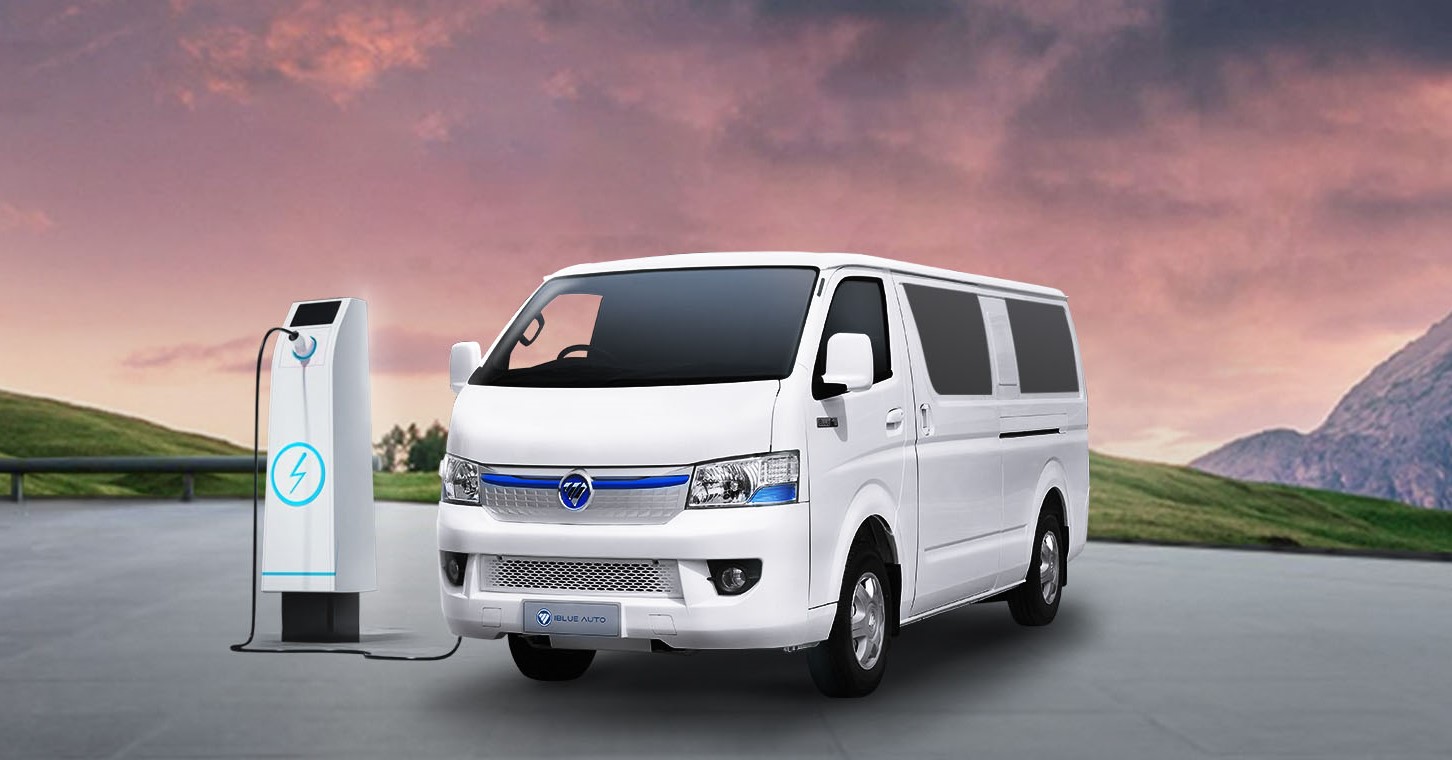Prabal Adhikari is energy expert and former Deputy Managing Director of Nepal Electricity Authority (NEA). He has acquired a wide range of experiences and expertise in his long career of around three decades in various realms of power sector like hydropower and transmission planning, hydropower generation, transmission, distribution and power trading both at domestic and cross border level. Having played significant roles as the member of various bilateral G2G committees on power sector cooperation between Nepal and the neighboring countries—India, Bangladesh and China—in the past, he has also been responsible for accomplishing different policy-related tasks of the Government of Nepal in the power sector.
Energy security is measured in two dimensions—uninterrupted energy supply and its affordable price. It is not necessary for a country to be energy independent for achieving energy security in the context of the present global energy ecosystem, but energy independence, owing to the concern of sovereignty, helps increase energy security. It is high time the government chartered strategies for energy security in the country and implemented them on a high priority basis.

Energy adequacy
If energy security is achieved through dependence on other countries, there are persistent risks which may be triggered anytime with respect to geopolitical changes. And, as such, energy prices will not be in a state’s control. In addition to these aspects, Nepal should pay attention to the robustness and resilience of the energy system to ensure long-term availability of the energy sources, well-planned energy infrastructures and backup plans in the cases of contingencies and disruption. Despite enormous potential and opportunities, Nepal has not yet pursued the types of reforms needed for this country to escape the disastrous landscape of energy security in future.
Energy security in peril
Out of the total final energy consumption in the country, the share of electricity is around 5 percent only as per the statistics, for the year 2021, published by the International Energy Association (IEA), whereas biomass along with waste fuels dominates the portfolio by around 67 percent and fossil fuels by around 27 percent. In this context, it will be challenging for Nepal to achieve net-zero emission by 2045 as committed during the 26th Conference of Parties (COP26) of the UN Framework Convention on Climate Change unless we have very pragmatic action plans. Further, the per capita electricity consumption of the country is less than 400 kilowatt-hours as of now and the access to electricity hovers around 95 percent of households. The main impediment in the achievement of energy security by Nepal is the non-integrated approach of the government toward energy coupled with policy flaws and delay in power sector reform.
Generation mix
Nepal had introduced the concept of generation mix for the first time in 2016 through National Energy Crisis Alleviation and Energy Development Decade-Related Concept Paper and Action Plan. It formed the basis for long-term energy security in the country for removing load-shedding on the strength of our own domestic generation, without power imports from neighboring countries. It had proposed the generation mix on the basis of the types of hydropower projects which were diversified into storage (40-50 percent), Peaking Run-of-River (15-20 percent) and Run-of-River (25-30 percent) along with other alternative sources like solar, wind and bagasse (5-10 percent). Private sector moved forward to implement their hydropower projects, especially Run-of-river Types, up to 30 percent of the 10,000 MW target to be met within a decade, as the Action Plan opened the door for them with Power Purchase Agreements on Take-or-Pay basis as the government committed to take the associated risks of power transmission and market. This was the commendable deed of the government. The generation mix, the right concept introduced by the government, needs to be reviewed based on the need assessment of the country and implemented not only for financial pursuits but also from economic and strategic perspectives.
Roadmap and action plan
The Ministry of Energy, Water Resources and Irrigation has formulated a comprehensive, visionary plan called ‘Energy Development Roadmap and Action Plan, 2023-2035’ for Nepal’s power sector. The peak national demand of 13,500 MW by 2035 based on the assumption of 7.2 percent GDP growth and the power export of 15,000 MW to India and Bangladesh will be met by generating 28,500 MW of renewable power within this timeframe as per the roadmap. The total fund to be arranged for generation, transmission and distribution has been estimated to be $46.5bn for implementing the roadmap. The roadmap is expected to play a pivotal role in the energy security of the country and should also bear the objective of replacing other non-electricity energy sources in the country’s existing energy mix within the timeframe.
Challenges
The total fund of $46.5bn required from various sources in the timeframe of 12 years as per the Energy Development Roadmap is almost equal to Nepal’s current annual GDP of around $46bn. Though it looks challenging to meet the targets of generating 28,500 MW as envisioned by the roadmap, it is not impossible from the perspective of required funds. However, the biggest challenge for the accomplishment of the targets and the success of the roadmap lies in the expansion of power market and geopolitical risks. If domestic demand stimulation does not follow an optimistic trend, private investment in generation projects seems difficult to be attracted, whereas the geopolitical concerns of India will play vital role to ensure the prospects of power export to India and Bangladesh in the years to come since China-India rivalry and other international relations cannot be absolutely ignored in this regard.
RE transition and energy security
The current energy mix of the country has a fossil fuel content of around 27 percent which needs to be gradually replaced by renewable energy (RE). Since the electricity in the total final energy consumption of the country is around 5 percent only, the journey ahead towards renewable energy transition looms large while emphasizing energy security. However, since almost the entire electricity generation in the country is renewable, achieving RE transition and beefing up energy security are not different issues in the case of Nepal which is rich in hydropower potential and also possesses high solar power prospects.
Geopolitical wind and SAARC prospects
Energy security prospects of Nepal are vulnerable to the geopolitical winds blowing from the north and the south. Unless Nepal achieves energy security on its own, it may fall prey to the geopolitical threats anytime in future. India’s growing tension with China and Pakistan, both of which have developed a strong defense partnership with China predominantly supplying arms to Pakistan, has smashed the future of SAARC energy cooperation in the region. Hence South Asia, despite diverse resource endowment, has remained weak to fulfill the regional objectives of energy cooperation in the full spirit as per the SAARC Framework Agreement.
BRI signing and concerns
After Nepal and China signed a Memorandum of Understanding (MoU) on bilateral cooperation under the framework of Belt and Road Initiative (BRI) in 2017, it added a new dimension to the existing geopolitics in the region from, inter alia, power sector perspectives since hydropower projects and Nepal-China cross border connectivity projects could entice the BRI investment in future, increasing Chinese influence in Nepal—that India cannot feel good, of course, in the environment that India is reportedly set to deploy air defense systems along the disputed border with China. Likewise, Professor SD Muni, who is well known for his extensive knowledge about India’s foreign affairs and the relations with the neighboring countries, speaking on the New Dimensions of Indo-Nepal Relations in an Interaction Program at Biratnagar, Nepal, in March 2024, expressed that China has deployed its military forces in Sino-India border.
The geopolitical shadows of India-China rivalry and increasing closeness of the neighboring countries with China could be clearly observed in framing policies on cross border power trading when India released the Guidelines for Import/Export (Cross Border) of Electricity in 2018 and the subsequent Procedures in 2021.
Market integration
Nepal with India have formulated and issued a Joint Vision Statement on Power Sector Cooperation in 2022 which has emphasized the expansion of India-Nepal bilateral power trading to the BBIN region, making renewable energy production, hydropower in particular, a cornerstone of energy partnership, based on respective national policies and respective climate-change commitments. Nepal, being a country highly vulnerable to natural calamities like earthquake and climate change-related disasters, cannot ignore the importance of energy partnership with India and the rest of the world to ensure energy security in the country.
Transmission infrastructure
Transmission planning and implementation have followed a poor track record. Building transmission infrastructures inside the country and at cross border level are considered as herculean tasks. The sluggish motion observed in the development of domestic transmission lines and substations have already drawn backlashes from the power generators in the country since power evacuation is hugely threatened by the mismatch between the commissioning of new generation projects and transmission projects. Environmental and social issues loom large to cause anomalous time over-run of the transmission projects, whereas policies and inter-ministry coordination mechanisms have resulted in poor performance beyond the control of an implementation entity. Without infrastructural robustness, needless to say, energy security cannot be turned into reality.
.png)
.png) 1 week ago
46
1 week ago
46








 English (US) ·
English (US) ·